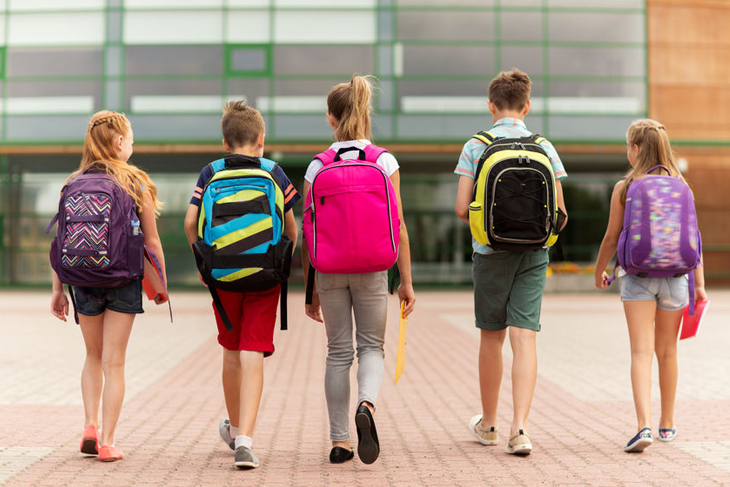17 June 2020

The Ministry has sent us details on the resumption of school in the fall. Distancing measures will be different for preschool to secondary III students than for secondary IV and V students.
Preschool, elementary, secondary I to III
- 100% of students back in class.
- Normal ratios of students per group.
- Closed groups of students who remain in their respective classrooms will be maintained.
Secondary IV and V
There will be two options. One for closed groups made up of students who can remain in the same room and one for those who cannot.
Option 1: Remain in the same classroom
- 100% of students back in class.
- Normal ratios of students per group.
- Circulation of staff to teach various subjects.
If needed:
- Reorganization of schedules, special projects and the choice of optional courses in order to respect the principle of closed groups.
Option 2: Regular change of room
- Option to adjust schedules and reduce time at school to maintain optional courses.
- Student presence inside establishments as much as possible, with a baseline of 50% of the normal time, depending on modalities to be defined locally and the specifics of each milieu.
- Respect of the physical distancing rules in force.
- Online learning, homework and educational activities outside of regular school premises.
General adult education and vocational training
- Classroom instruction preferable if the context allows.
- Distance learning for theory as needed.
- Exams in class.
- Presence of special situation students in class (e.g.: social integration francization, etc.).
Health guidelines
- Increased hygiene measures and clear guidelines.
- Organization of sub-groups of up to 6 students in the classroom.
- One-meter distancing between students from different sub-groups.
- Two-meter distancing between staff and students.
- One-meter distancing on school transportation.
- Adapted movements in corridors and common areas to avoid contact.
- Students in the same class and movement of teachers from one class to another.
- Close interventions possible with the appropriate protective equipment.
For vulnerable students
- Welcoming protocol for vulnerable students and their families to ensure a personalized connection.
- Special attention paid to the negative effects of the break caused by the pandemic, including the extended delay, anxiety, or loneliness.
- Update of the intervention plans for special needs students.
- Ongoing supervision and monitoring.
Second wave emergency protocol
A special protocol must be drawn up to prevent a second wave of confinement.
- Management (e.g.: sharing of responsibilities, data collection, crisis units).
- Communications (e.g.: communication plan, process with students and parents).
- Material and information resources (e.g.: connectivity and equipment needs, technical support for staff, students and parents for the transition to distance learning activities);
- Educational services (e.g.: learning methods, distance monitoring and evaluation, educational support).
- Support for students with physical or learning disabilities and special needs students (e.g.: support measures, school programs, food assistance).
- Mental health and well-being support (e.g.: measures for students and staff).
Letter from the Minister of Education
Preschool, elementary and secondary pamphlet
Second wave emergency protocol pamphlet
